Juan Geuer
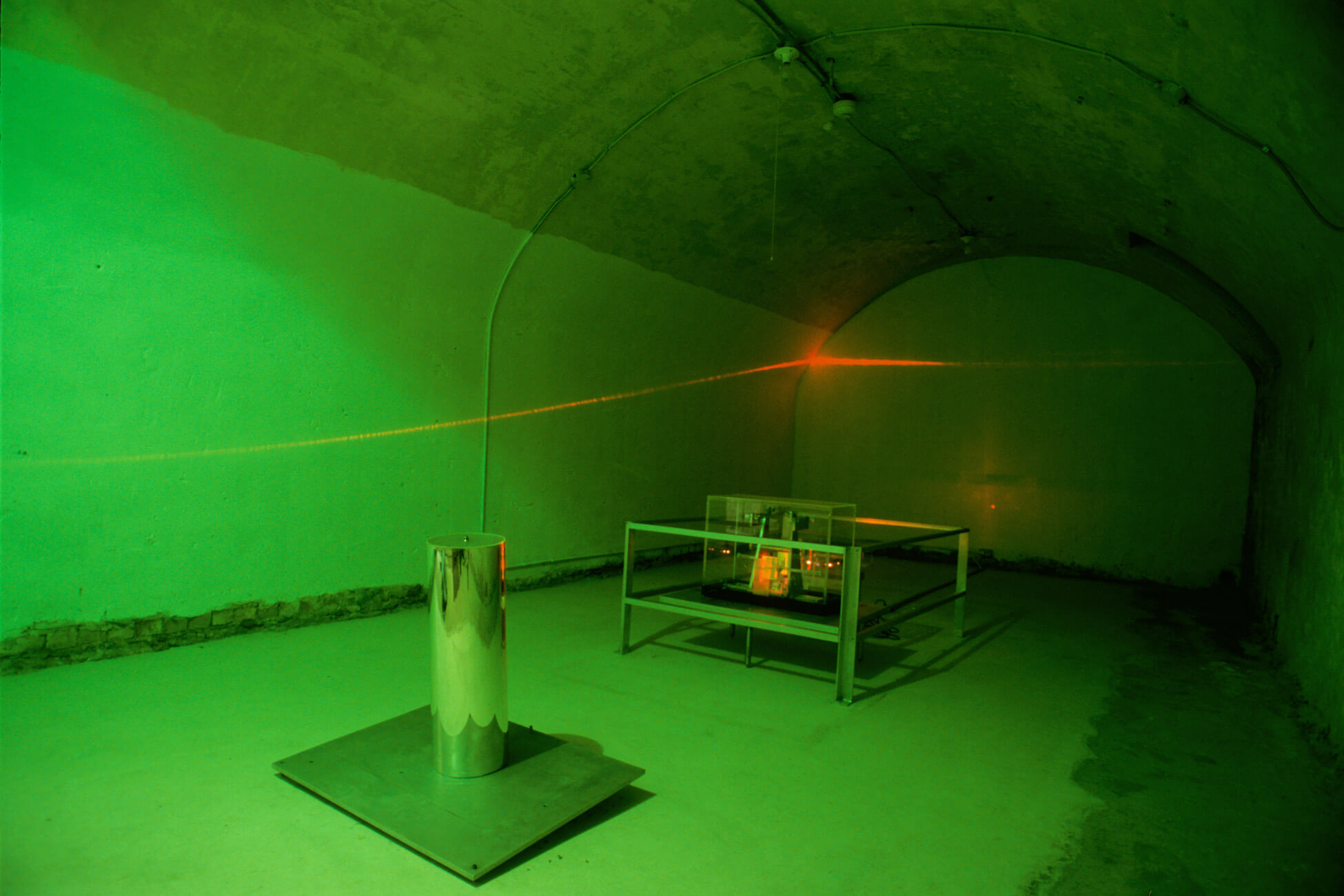
Juan Geuer, Al Asnaam: the People Participating Seismometer, 1980
Installation: metal and mixed media, 399 x 285 x 843 cm
Ottawa Art Gallery
One of the most celebrated pieces by Juan Geuer (1917–2009) is Al Asnaam: the People Participating Seismometer, an installation at the Ottawa Art Gallery that features a laser-assisted visualization of the impact of a human footprint on earth’s seismic activity. Geuer’s vision stands out because of its exploration of the links between art, science, and technology, far ahead of his time. The 2019 exhibition Carbon + Light celebrated his “significant legacy as a fearless truth seeker. Through his inventive approach to installation, he pointed out the onset of the Anthropocene long before the term emerged to denote the geological period in which we now find ourselves embedded.”
Born in the Netherlands, Geuer immigrated to Bolivia in 1939 with his family. He moved to Canada in 1954, obtaining a post as a draftsman with the Dominion Observatory, where he was employed full-time for the next twenty-six years. Until he retired, artmaking was reserved for his spare time. In 2006, Geuer stated that his creative practice was sparked by working with geophysicists and astronomers. Through them, he learned “how life has evolved on this planet,” noting, “My basic drive as an artist is to explore how that actually works for us.”
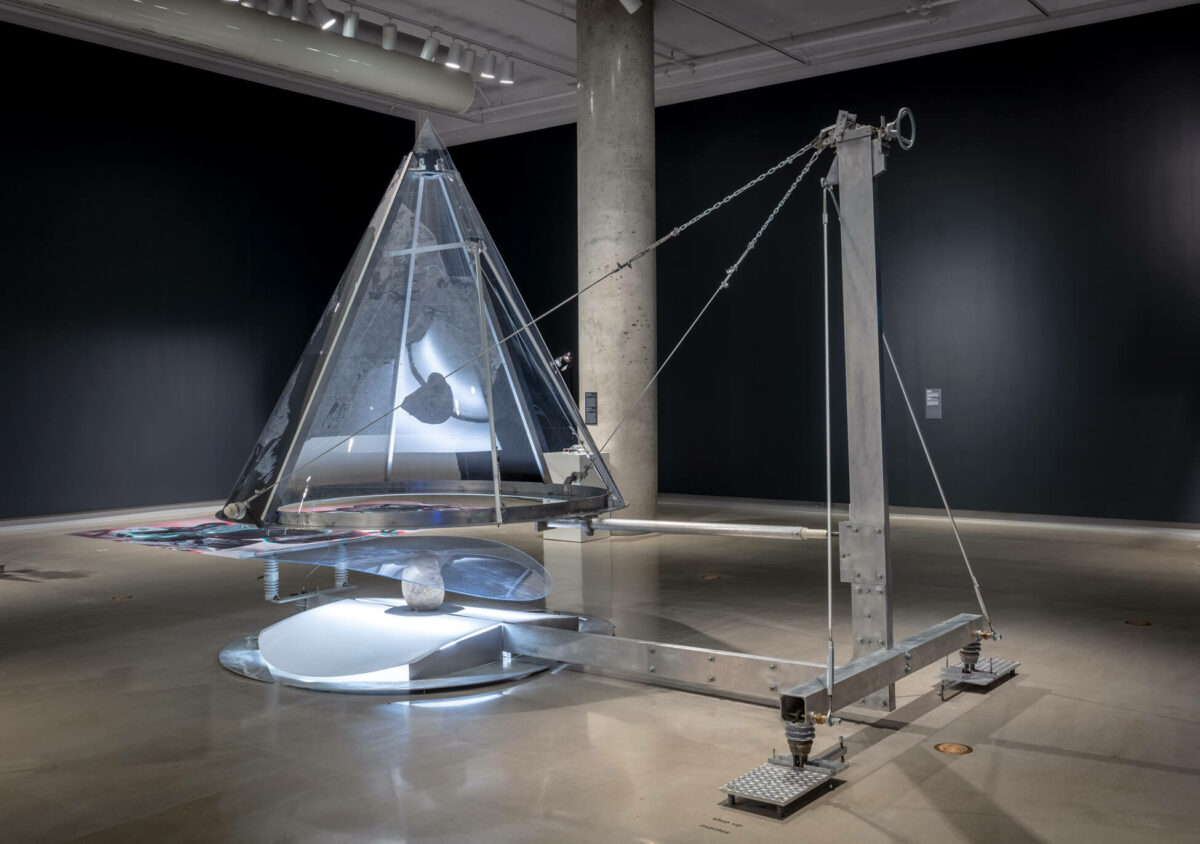
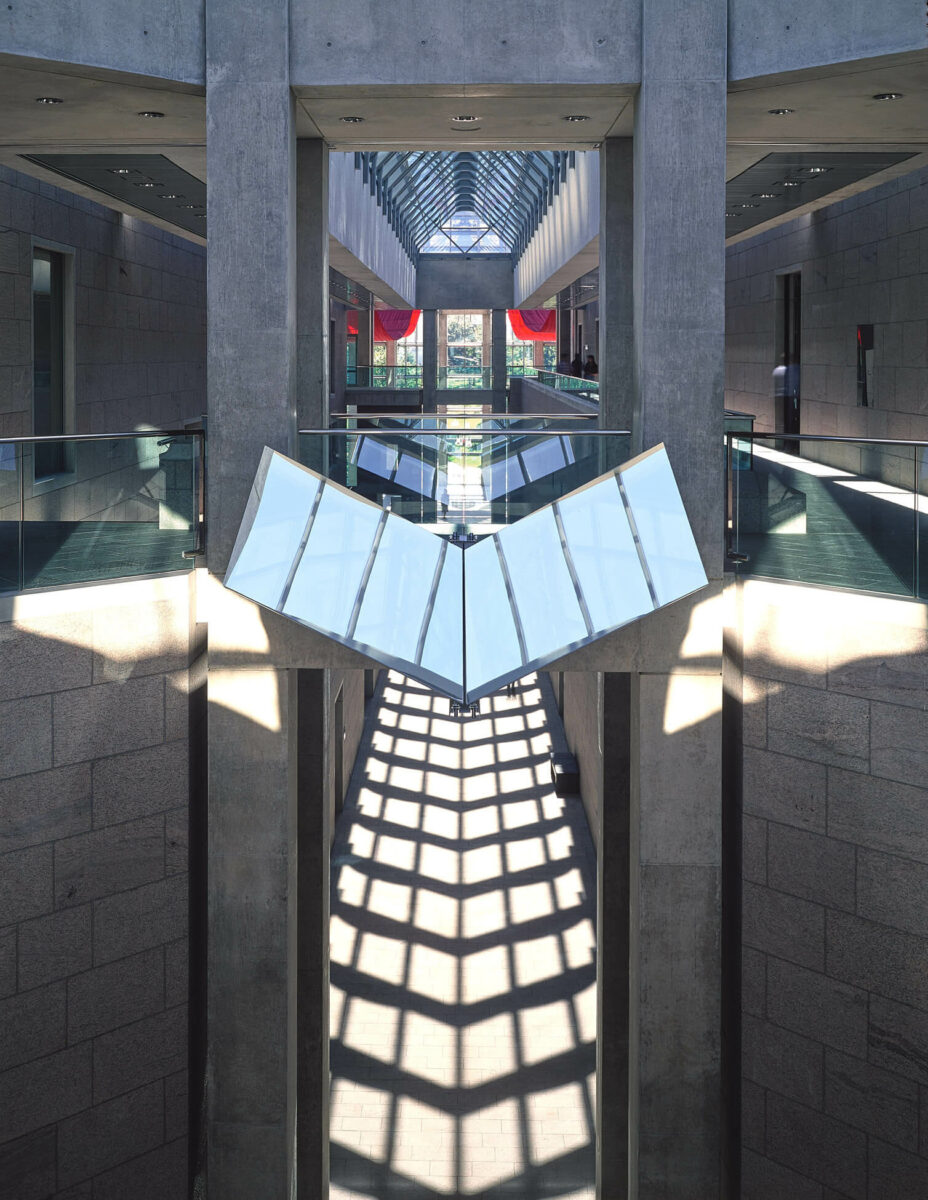
He started as an abstract painter in the 1960s, exhibiting frequently in small-town Ontario and selling works to collectors throughout North America and Europe. He then began to explore how art and science intersected. In 1973 he invented a scientific device, the Terrascope, which physically visualized the movement of the earth’s tectonic plates. His study of mankind’s link to nature earned him increasing celebrity, including a commission from the National Gallery of Canada for Karonhia in 1990. Geuer’s ongoing exploration resulted in such pieces as Et Amor Fati (For the Love of Canada), 2007, a work that “prompts viewers to experience natural phenomena—playing like a cross between science centre exhibits and art installations.”
Geuer was a pioneer for new media practice in Canada, melding technology and art. He had a two-person exhibition with Michael Snow (b.1928) in 1986, Visionary Apparatus, at the Massachusetts Institute of Technology’s List Visual Arts Center in Cambridge, and his work influenced other Toronto artists, including Norman White (b.1938) and Doug Back (b.1954). His practice paved the way for (though it didn’t directly influence) another significant Ottawa artist, Catherine Richards (b.1952), and has inspired the next generation of installation and new media artists, including Jesse Stewart (b.1974) and Darsha Hewitt (b.1982).
Geuer died in 2009, but by then his artistic career had been celebrated in exhibitions at the Art Gallery of Ontario in Toronto, the Massachusetts Institute of Technology, and the Museum Boijmans Van Beuningen in Rotterdam.

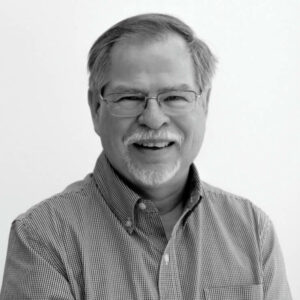 About the Author
About the Author
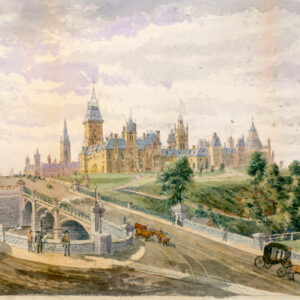 More Online Art Books
More Online Art Books
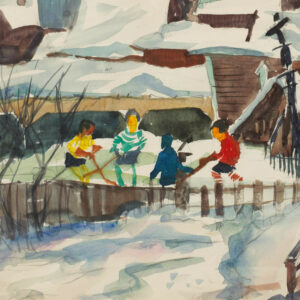 Acknowledgements
Acknowledgements